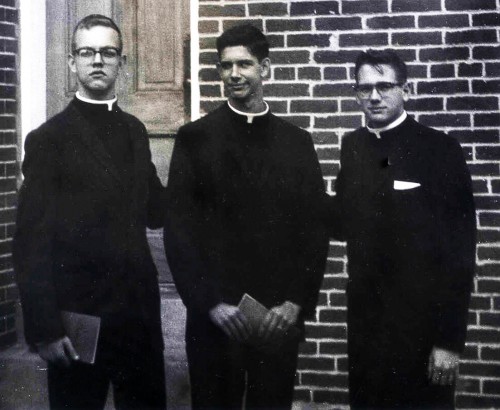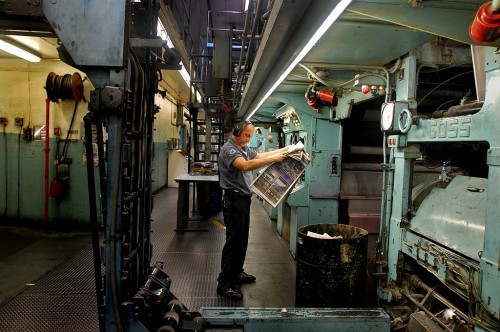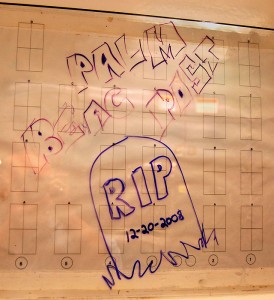Margi Whitright left a comment on my Helen Ketterer story: We loved these pictures of Miss Ketterer. Who went to Central and DIDN’T have to interact with her at some point? She was working at Central when my mother was a student there. Mother was born in 1914 and said Miss Ketterer was very young when she went to work there, obviously.
I pulled out my Dad’s 1931 Girardot.
Holy Cow! Helen Ketterer wasn’t the only faculty member that was there when my Dad was in high school. I recognized five names. [Update: Bill East pointed out one that I missed: Cornelia Gockel, who taught Business.]
Here are three pages from Dad’s 1931 Girardot
Note Irene Smith, above. We knew her as Irene Wright. Also Cornelia Gockel
Above page shows Miss Ketterer.
This page has Edna Haman, Mary Z. Reed and Clara Krueger (more about her later). I like the comment by math teacher J. Ross Adams: Hope we’ll all soon be riding airplanes, don’t you?
Miss Krueger’s retirement party in 1963
The Southeast Missourian’s Out of the Past column, produced by Sharon Sanders, contained this note:
75 years ago: May 24, 1927
Cape Girardeau Central High School Chapter of National Honor Society has been organized, with school receiving its charter last week; charter members of society are Mildred C. Johnson, Mary E. Drum, Ruth Berry, Lucy J. Vangilder, I. Duard Meyer, Dorothy H. Samuels, Vera E. Kasten, Aleene Kimmick, and Helen M. Ketterer; sponsor of local chapter is Clara Krueger.

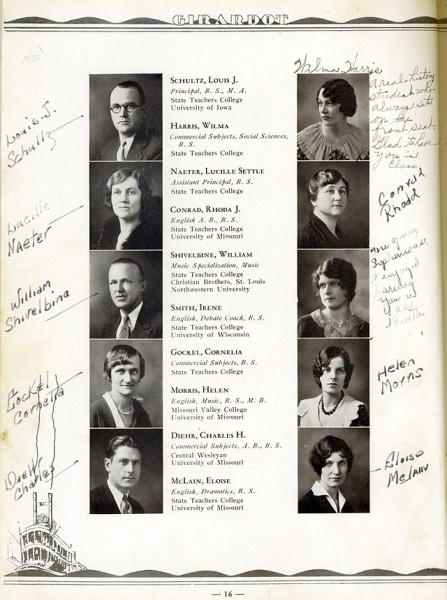
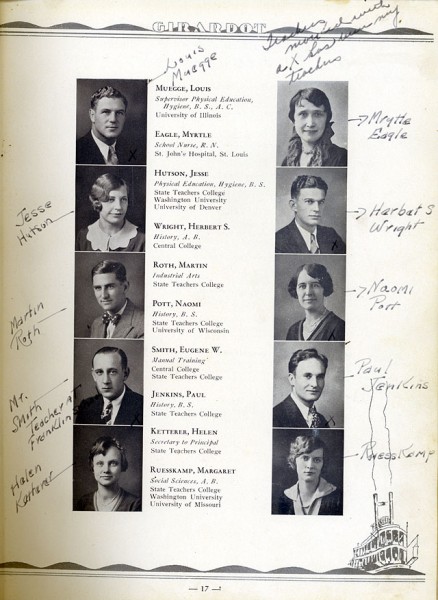
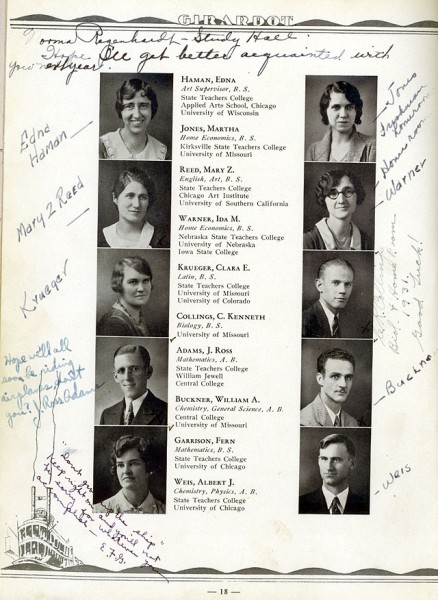
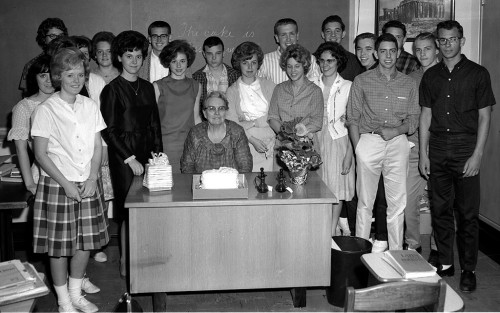
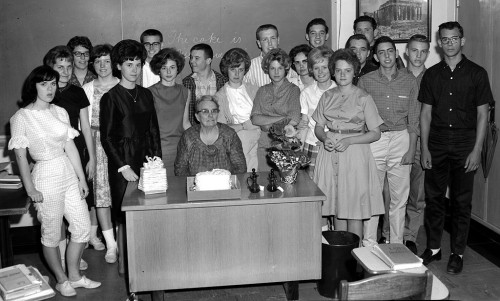
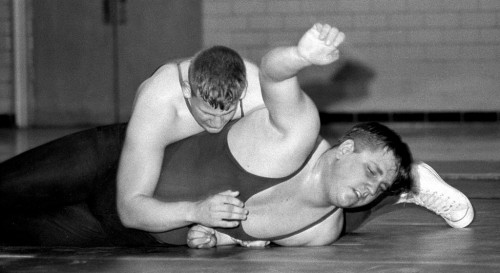
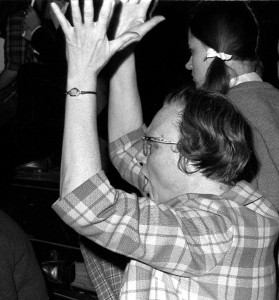
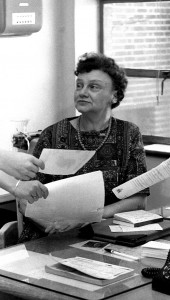
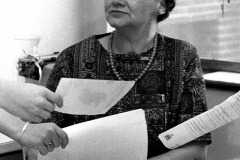
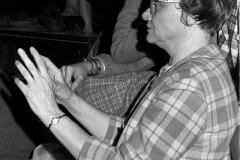
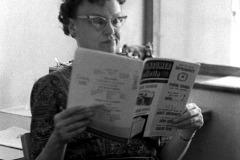
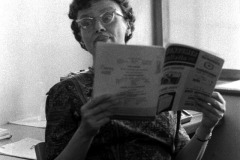
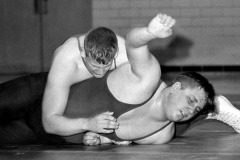
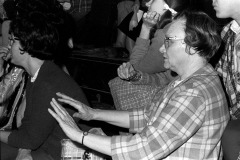
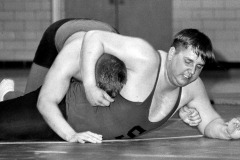
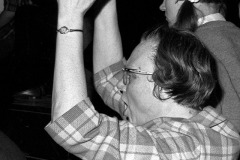
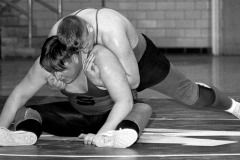
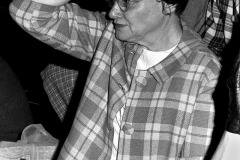
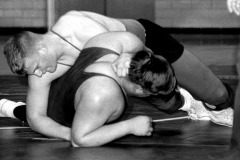
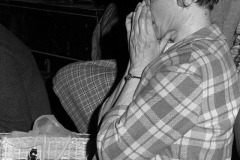
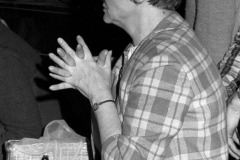
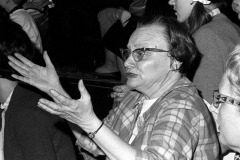
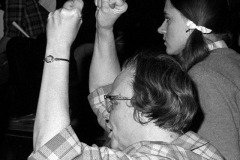
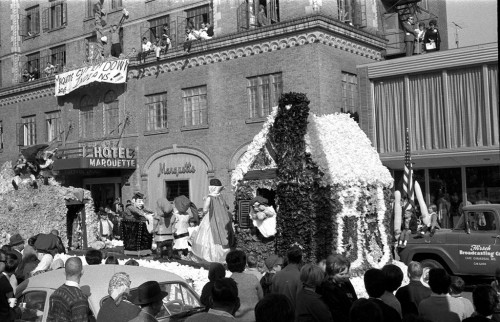
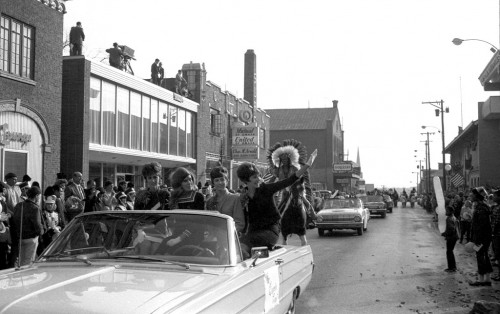
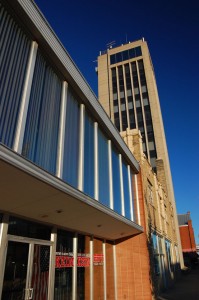




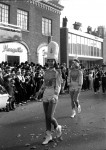




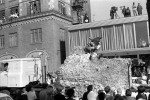







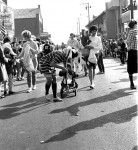
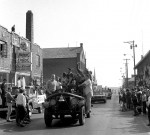


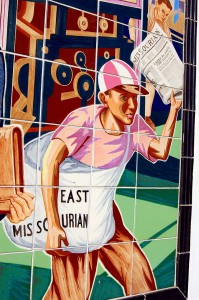 There is something magical about The Big Iron rumbling away, pulling paper off huge rolls that weigh almost as much as a VW and spitting out the news at the other end. Those were kinder, gentler times; the huge window was bricked up when other cities were hit with riots and violent demonstrations in the 60s and 70s. For all it’s size and power, a printing press is a delicate machine that easily could be destroyed.
There is something magical about The Big Iron rumbling away, pulling paper off huge rolls that weigh almost as much as a VW and spitting out the news at the other end. Those were kinder, gentler times; the huge window was bricked up when other cities were hit with riots and violent demonstrations in the 60s and 70s. For all it’s size and power, a printing press is a delicate machine that easily could be destroyed.